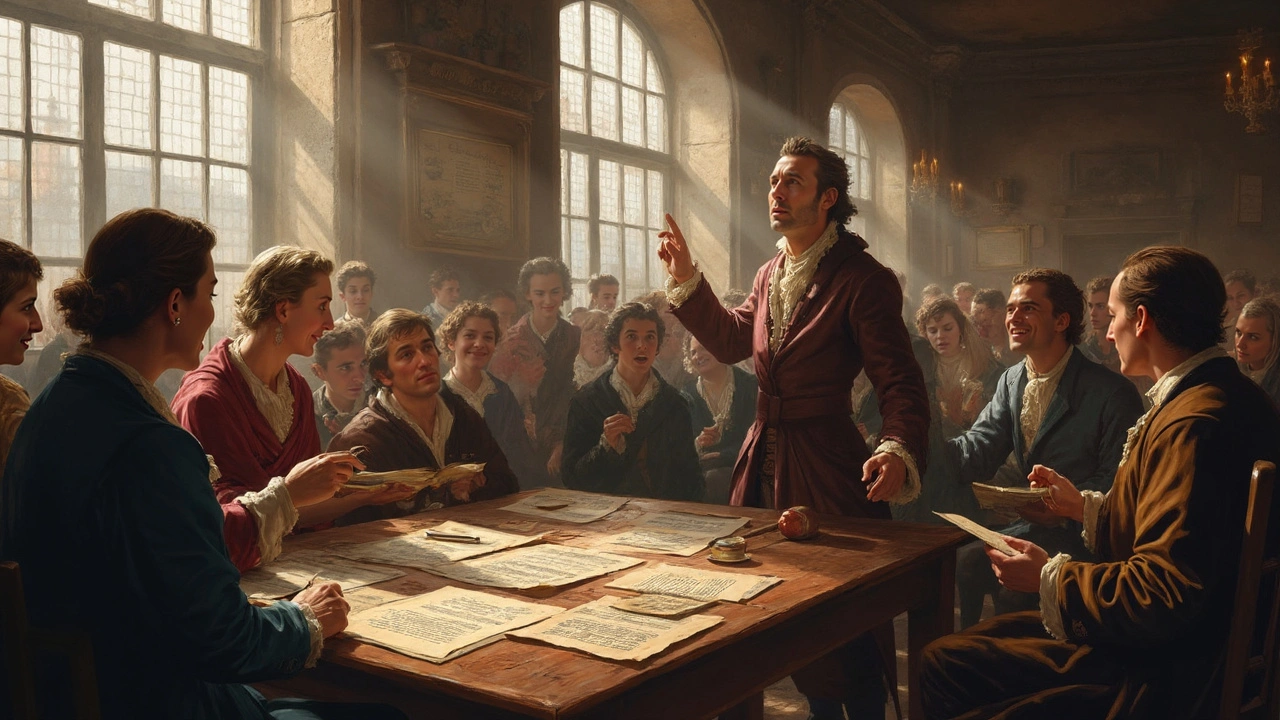History of Journalism: How News Evolved Over the Centuries
Ever wonder how we went from cave paintings to 24/7 news feeds? The story of journalism is a walk through time, showing how people have always wanted to share what’s happening. Let’s break down the biggest steps that turned simple word‑of‑mouth into the massive industry we see today.
Early Beginnings of News
Long before printed papers, humans used symbols, drum beats, and oral storytelling to spread information. Ancient messengers would run from town to town delivering royal decrees, while traders shouted market prices on streets. These early forms were the first sparks of journalism – quick, practical, and meant for the masses.
Fast forward to the 1600s, when the first regular newspapers appeared in Europe. The Relation aller Fürnemmen und gedenckwürdigen Historien in Germany and the Gazette de France in Paris showed that printed news could reach a broader audience. They covered wars, trade, and even gossip, proving that people love a good story no matter the medium.
The Print Era and Beyond
The real game‑changer was the invention of the printing press. Suddenly, newspapers could be mass‑produced, cheap, and widely available. Titles like the London Gazette and later the Guardian built a reputation for reliable reporting. Their archives show how journalism grew from simple announcements to investigative pieces that hold power accountable.
One fascinating case is the oldest surviving newspaper still publishing today. It started in the early 1700s, survived wars, revolutions, and the digital shift. Its story illustrates how a newspaper can adapt, keep relevance, and become a living piece of history.
As the 20th century rolled in, radio and TV added new layers. Reporters could now speak directly into people’s homes. This era also saw the rise of iconic papers like the Daily Express and the Financial Times, each carving out a niche – from fast‑breaking news to deep economic analysis.
Today, the internet has turned journalism upside down. Online platforms, social media, and AI tools deliver headlines in seconds. Yet the core idea stays the same: gather facts, tell a story, and help readers make sense of the world. Sites like Google News UK curate stories, while independent blogs keep niche topics alive.
Even with all the tech, people still love a good print edition. Recent surveys show a steady number of Brits still pick up a newspaper on their commute. The mix of print and digital keeps journalism diverse and accessible.
Understanding the history of journalism helps us see why trust, speed, and storytelling matter. From ancient shouting to instant alerts, each step taught us something about audience needs and the power of information. So next time you scroll a headline, remember: you’re part of a centuries‑long tradition of sharing the story.

First Journalist in the World: Tracing the Origins of News Reporting
Who was the world's first journalist? This deep dive uncovers the roots of journalism, spotlighting the earliest news reporters and how they shaped the way we share stories. From handwritten newsletters to coffeehouse gossip columns, you'll see how reporting started and why it matters today. Expect hard facts, quirky trivia, and tips to spot good journalism—even if you aren't a history buff. All this while keeping things simple and straight to the point.
READ MORE